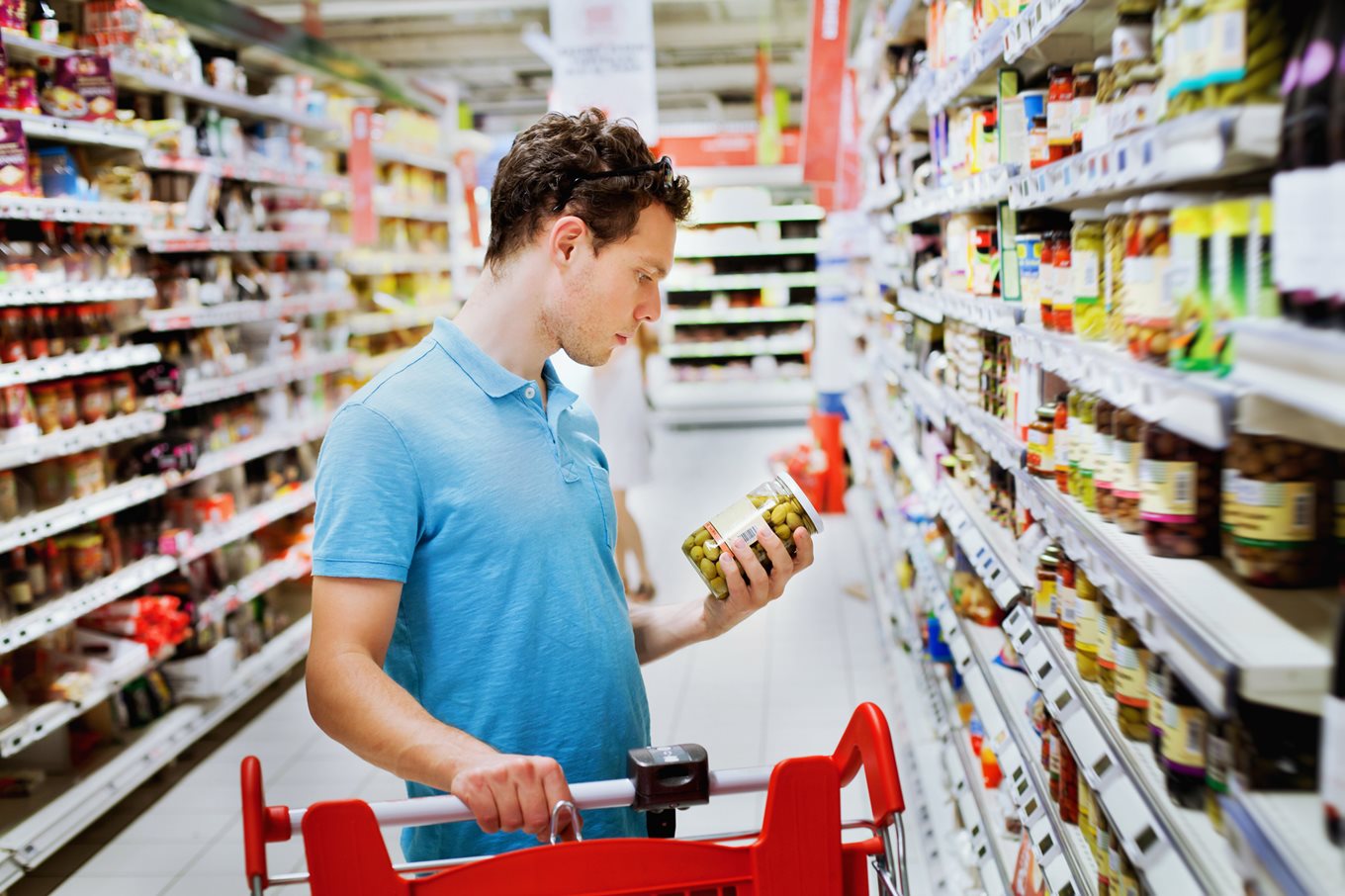Use by and best before dates

What's the difference? Treat best before as a guideline and use by as a deadline.
Use by
Use by dates tell us when food will become unsafe to eat.
- You should not eat the food after this date.
- The use by date is only correct if food is stored properly and the packaging is sealed. For example, cooked meats should be stored in a fridge at 5° Celsius or less.
The food label will also tell us how long the food will stay safe after opening the packaging. Normally, you should eat it within 2 or 3 days.
Best before
Best before dates tells us when the quality of the food will begin to get worse.
- It is when food might begin to lose its flavour and texture but it is safe to eat.
- This date is only correct if food is stored as it says on the label. “Store in a cool dry place” or “Keep in the fridge once opened” are common storage instructions.
Closer look at food labels
Food and drink labels normally include things like:
- The name of the food.
- The list of ingredients, starting with the ingredient of greatest weight and ending with the lowest.
- Use by or best before date.
- Country of origin (where the food was produced).
- Storage instructions.
- Cooking instructions (if this applies).
- Name and address of the manufacturer, packer or seller in EU.
- Alcoholic strength of alcoholic drinks.
- Allergens that are present and allergens that may be contained.




